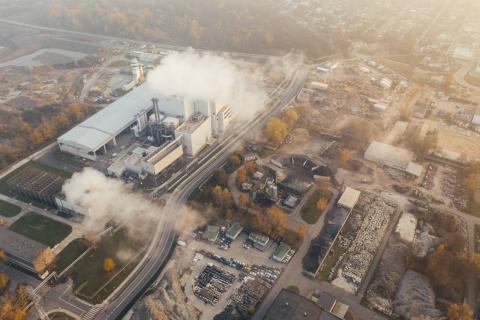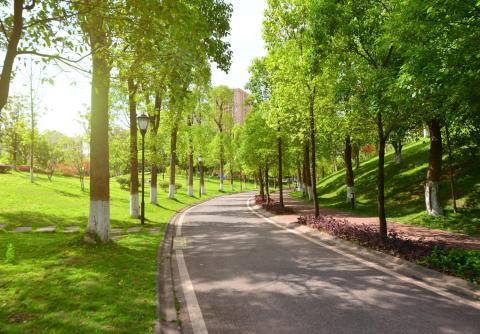Carbon stored in plants more ephemeral than previously thought
Carbon stored globally by plants is shorter-lived and more vulnerable to climate change than previously thought, according to a study published in Science. This has implications for nature's role in climate change mitigation, including the potential for carbon removal projects such as mass tree planting. The research reveals that existing climate models underestimate the amount of carbon dioxide (CO2) that vegetation absorbs globally each year, but overestimate how long that carbon stays there.

Pep Canadell - carbono plantas EN
Pep Canadell
Executive Director of the Global Carbon Project and Senior Research Fellow at the CSIRO Climate Science Centre in Canberra, Australia
The study further underlines that over-reliance on the use of vegetation and soils as a primary strategy for climate change mitigation will not solve the climate crisis.
Plants appear to absorb more carbon from the atmosphere than we previously thought, but the study shows that carbon is recycled through vegetation and soils more rapidly than we thought.
Emphasis should be placed on reducing the sources of carbon emissions from fossil fuel combustion and use and deforestation. Using strategies to increase the amount of carbon in landscapes is part of the solution, but it will be a small contribution compared to the large effort needed to reduce emissions.
Víctor Resco de Dios - carbono plantas EN
Víctor Resco de Dios
Lecturer of Forestry Engineering and Global Change, University of Lleida
30% of all CO2 emissions are 'free', from a climate point of view, because they are absorbed by forests and other terrestrial ecosystems. This is what is known as the terrestrial carbon sink. But this terrestrial sink is not something we measure, we infer it by discarding it. We know very precisely how much CO2 we emit, we also know how much is absorbed by the oceans (around 20%) and how much stays in the atmosphere (around 50%). The terrestrial sink is simply the difference between emissions, atmospheric and oceanic sinks.
The terrestrial carbon sink can be measured on a local scale, but scaling the values to the entire globe is difficult because, especially in tropical environments, we have very little data. Herein lies the novelty of this study, which uses carbon-14, a radioactive isotope, to estimate the terrestrial carbon sink. Carbon-14 concentrations increased greatly during the 1950s and 1960s as a result of atomic bomb tests. Carbon-14 concentrations decay very quickly because it is radioactive, and this makes it possible to date certain events or to estimate, as in this case, how much CO2 is absorbed by terrestrial ecosystems.
The results of the study are a mixed bag. On the one hand, they quantify how the terrestrial sink is larger than we thought, but also that carbon is stored in ecosystems for less time than we thought.
Today, reforestation is proposed to remove CO2 from the atmosphere, but trees do not return the CO2 to the geological layers from which the fossil fuels came. This sink is transitory and this study shows us that its duration is even shorter than we thought.
Therefore, plantations will not mitigate climate change: we must prioritise the reduction of emissions and the preservation of the terrestrial carbon sink, which can be achieved through sustainable forest management.
Graven et al.
- Research article
- Peer reviewed



